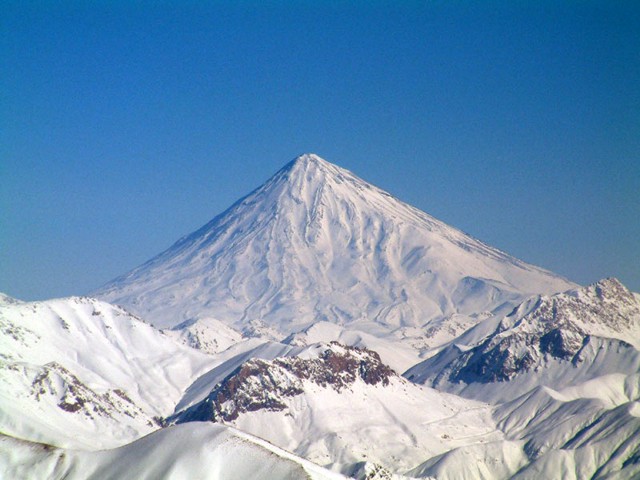An earthquake is caused by a sudden slip on a fault. The tectonic plates are always slowly moving, but they get stuck at their edges due to friction. When the stress on the edge overcomes the friction, there is an earthquake that releases energy in waves that travel through the earth's crust and cause the shaking that we feel.
Iran is an extremely earthquake-prone country. These natural disasters have caused the country tragic loss of life and hundreds of billions of dollars in infrastructure damage. Over time, the Iranian government has implemented some mitigation efforts to limit damage, however, these efforts have not been sufficient, and regulations remain unenforced due to economic turbulence.
What actions has Iran taken to mitigate the consequences of earthquakes?
Earthquake mitigation typically comes in three stages: prevention, control, and rehabilitation. Earthquake prevention is geared towards early detection of a seismic event. In 2017, Tehran began developing an Earthquake Early Warning (EEW) system to detect seismic activity within the city. This detection system has since evolved significantly, and studies show that it provides reliable and accurate warnings of earthquakes from 1 second to 20 seconds. While seemingly a short amount of time, this provides crucial moments for individuals to locate shelter as the quake continues.
Iran has also opted to alter its architecture in response to earthquakes, developing earthquake-resistant homes. Poor architecture and building materials have caused damage to Iranian towns and villages when faced with earthquakes, as they often lack internal resistance and support. After an earthquake in 1962, Iranian architects and scientists gathered to create the “Iranian Code for Seismic-Resistant Buildings Design”, which established codes and regulations for buildings being constructed within Iran. Other private architects within Iran have also opted to create designs to decrease damages caused by earthquakes.
We can see the most recent activity on the eartquaketrack Today's Earthquakes in Iran (earthquaketrack.com)
Iran has had: (M1.5 or greater)
- 0 earthquakes in the past 24 hours
- 0 earthquakes in the past 7 days
- 4 earthquakes in the past 30 days
- 158 earthquakes in the past 365 days








